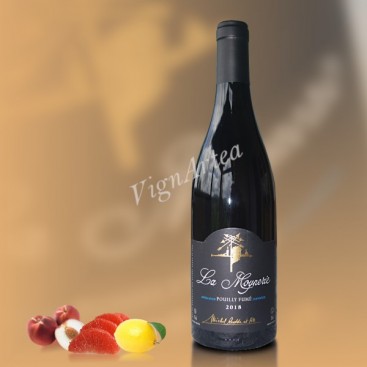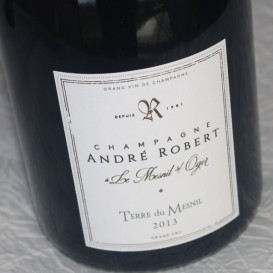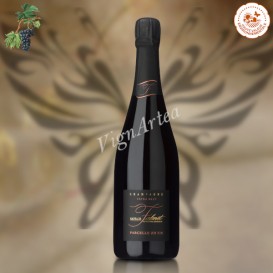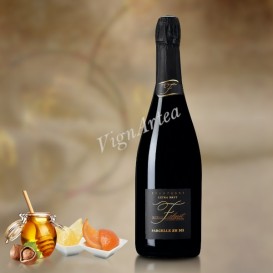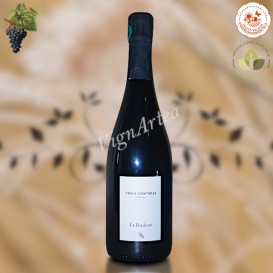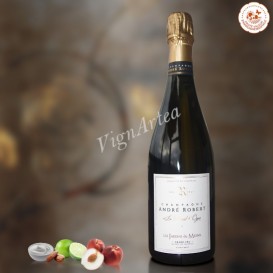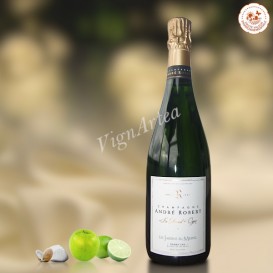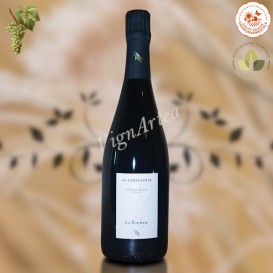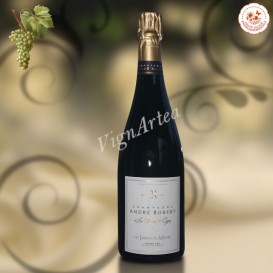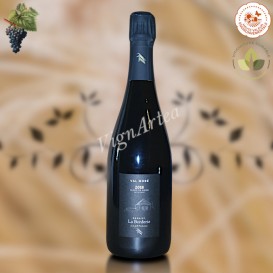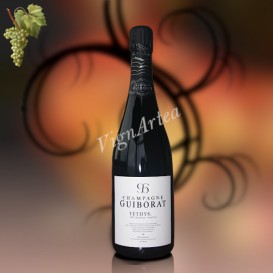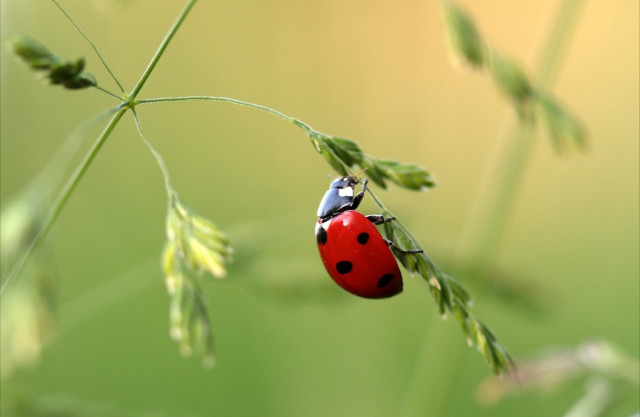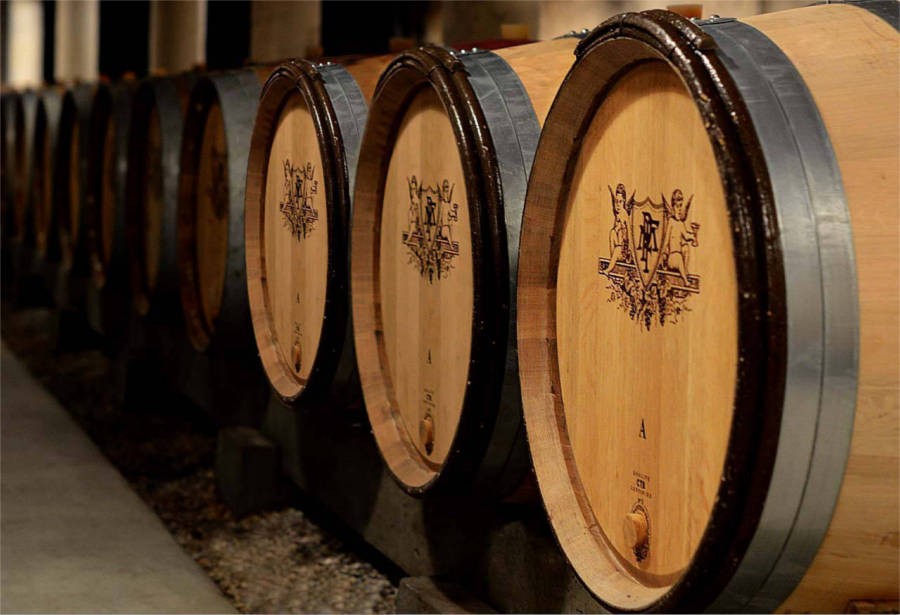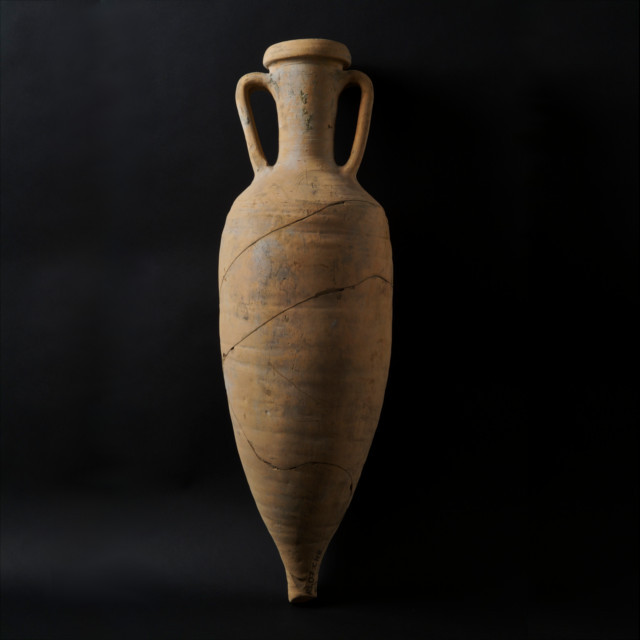LA MOYNERIE 2018 (Domaine Michel REDDE & Fils)
LOIRE VALLEY - AOP POUILLY-FUMÉ - DRY WHITE WINE
Grape variety: Sauvignon (100%)
Winemaking & Fine lees ageing in tunes and half tunes for 10 to 12 months
- Nose: lively, powerful and mineral. Notes of lemon, pink grapefruit and white peach.
- Palate: supple and tonic. Lemon finish.
Tasting date: May 2021
OUR OPINION: a very refreshing wine!
The exceptional bottle's weight (1.8kg) may result in higher shipping costs for the final shopping cart.
DESCRIPTION
LA MOYNERIE is a wine that blends the four representative terroirs of the estate. The average yield of all the vines is around 45-50 hl/ha.
TERROIR
The grapes that make up the cuvée LA MOYNERIE come from four different villages whose soils are distinct and each of them represents a geological stage of the Upper Jurassic (-161 to -145 million years):
- Saint-Martin sur Nohain, whose soil is the oldest: it dates from the Oxfordian (-161 to -155 million years), and was formed by sedimentation in a shallow marine environment. It is composed of the Calcaires (limestones) de Tonnerre and the Calcaires (limestones) de Villiers which are locally called caillottes.
The Calcaires (limestones) de Villiers mark a change in the sedimentary evolution, they correspond to the deepening phase of the sedimentary basin at the origin of the Kimmeridgian sequence, - Pouilly-sur-Loire, whose soil is composed of Kimmeridgian marls with small oysters (Nanogyra virgula), whose sedimentation took place between 155 and 150 million years ago. This was a period of strong marine transgression when the waters reached their maximum depth,
- Tracy-sur-Loire, whose soil is made up of grey limestone with a fine paste, called Portlandian limestone, which was formed just after the Kimmeridgian sequence, between -150 and -145 million years,
- Saint-Andelain, with soils of flint clays which were formed at the end of the Cretaceous period, 70 million years ago, when the land was definitely emerged and subjected to a powerful erosive phase. The flint clays are the result of the Cretaceous limestone rocks alteration due to heavy rainfall.
WINEGROWING & WINEMAKING
The vines are cultivated according to the Organic Agriculture principles , for which Ecocert certification is in progress. The yields are 35 to 40 hl/ha. The grapes are picked by hand in boxes of 10 to 12 kg in order to preserve the berries integrity.
Once in the winery, the grapes are pressed and the juice is put into tunes and half tunes for the winemaking phase. The must is yeasted with neutral active dry yeasts and the alcoholic fermentation is spontaneous and takes place at around 18-20°C. Once the alcoholic fermentation is complete, the must is racked and then aged in the same containers on its fine lees for 10 to 12 months where the malolactic fermentation is completed.
| Country | Loire Valley |
| Color | White |
| Orange wines | No |
| Clay amphorae wines | No |
| Type | Dry |
| Vintage | 2018 |
| Capacity | 75 cl |
| Single Grape Variety | Sauvignon blanc |
| Alcohol rate | 13 % |
| Quality Designation | Pouilly-Fumé |
| Cellar Potential | 10 to 15 years. |
| Service advise | 12-14°C. Open 1hr before serving. |
| Culture Methods | Non-certified Organic culture |

